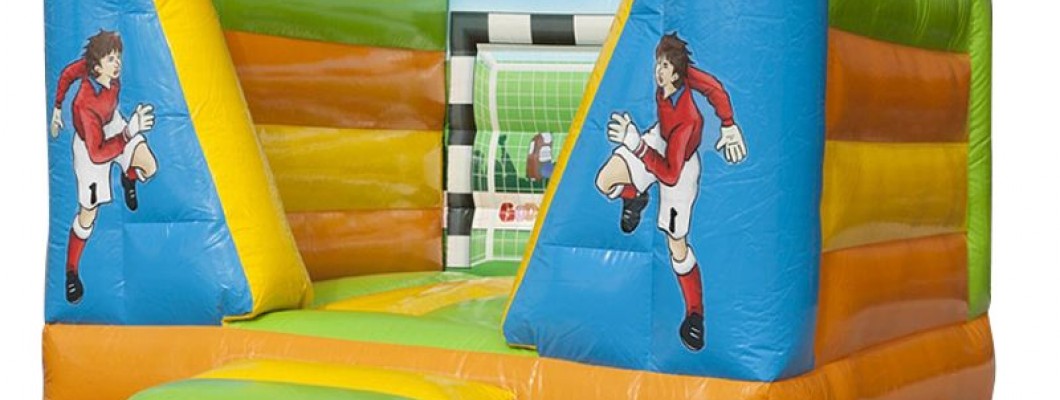
Bouncy castles are a fantastic way for children to have fun and stay active, but safety should always be a top priority. To ensure that your child enjoys their time bouncing around without getting hurt, it's important to follow a few key safety tips and guidelines. This article provides practical advice to help protect your child from injuries while they have a blast in a bouncy castle.
Active Supervision
The most effective way to prevent injuries is through active supervision. Always have an adult present to monitor the children playing in the bouncy castle. A responsible adult can enforce rules, manage the number of children inside, and quickly address any unsafe behavior.
Establishing Rules
Setting clear rules for play can significantly reduce the risk of injuries. Here are some essential rules to implement:
- Limit the number of children allowed inside at one time to prevent overcrowding.
- Prohibit flips, somersaults, and roughhousing.
- Ensure that all children remove their shoes, jewelry, and any sharp objects before entering the bouncy castle.
- Encourage children to bounce in the center and avoid jumping near the edges.
- Group children by age or size to prevent collisions.
Proper Setup and Maintenance
For a bouncy castle to be safe, it must be set up and maintained correctly. Here are some tips for ensuring a secure setup:
Secure Anchoring
Ensure that the bouncy castle is properly anchored using stakes or sandbags to prevent it from moving or tipping over. Proper anchoring is particularly important in windy conditions.
Regular Inspections
Before each use, inspect the bouncy castle for any signs of damage, such as tears or holes. Repair any issues immediately to prevent accidents. Check that the blower is functioning properly and that the castle is fully inflated during use.
Age and Size Considerations
It’s important to ensure that the bouncy castle is suitable for the age and size of the children using it. Different models may have specific age and weight guidelines. Adhere to these guidelines to ensure a safe play environment.
Separate Play Areas
If possible, set up separate play areas or sessions for different age groups or sizes. This reduces the risk of injuries from collisions and ensures that children are playing in an environment that matches their physical capabilities.
Safe Play Practices
Promote safe play habits among children to further minimize the risk of injuries:
- Teach children to be aware of their surroundings and avoid rough play.
- Encourage children to use the bouncy castle appropriately, avoiding actions that could lead to accidents.
- Remind children to stay on their feet and avoid lying down or sitting while others are bouncing.
Conclusion
By following these guidelines, you can help ensure that your child has a fun and safe experience in a bouncy castle. Active supervision, proper setup, clear rules, and safe play practices are key to preventing injuries and allowing children to enjoy their bouncing adventures with peace of mind. With the right precautions in place, a bouncy castle can be a delightful and safe source of entertainment for kids.

Leave a Comment